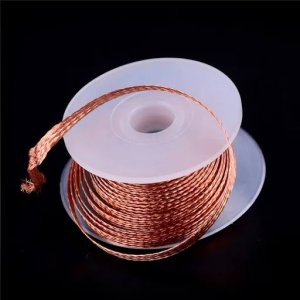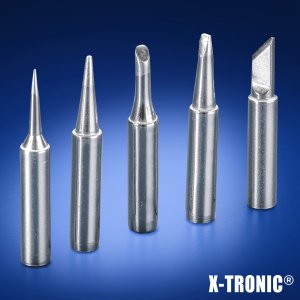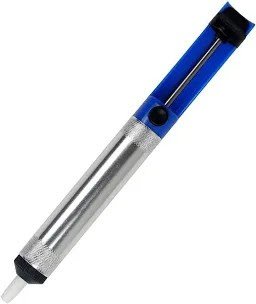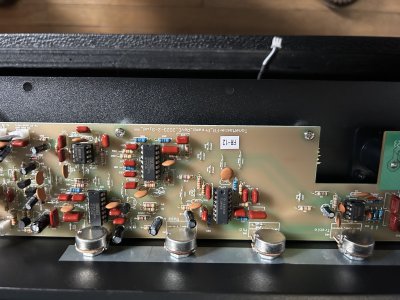Lysander
Rock Star
- Messages
- 3,331
Overall noise floor measured right off the grill dropped 10db compared to stock.
That's awesome!
Then I popped in the 2 OPA2134s (to replace the RC4558s) and the noise floor didn’t change at all.
I'd suggest leaving OPA2134s in, even if you don't notice any noise improvements - it's overall a much better part, specially for something as critical as the differential input. I think i hear some minor tonal improvements on my FR-12 after replacing those, but could just be deluding myself.
Last edited:




